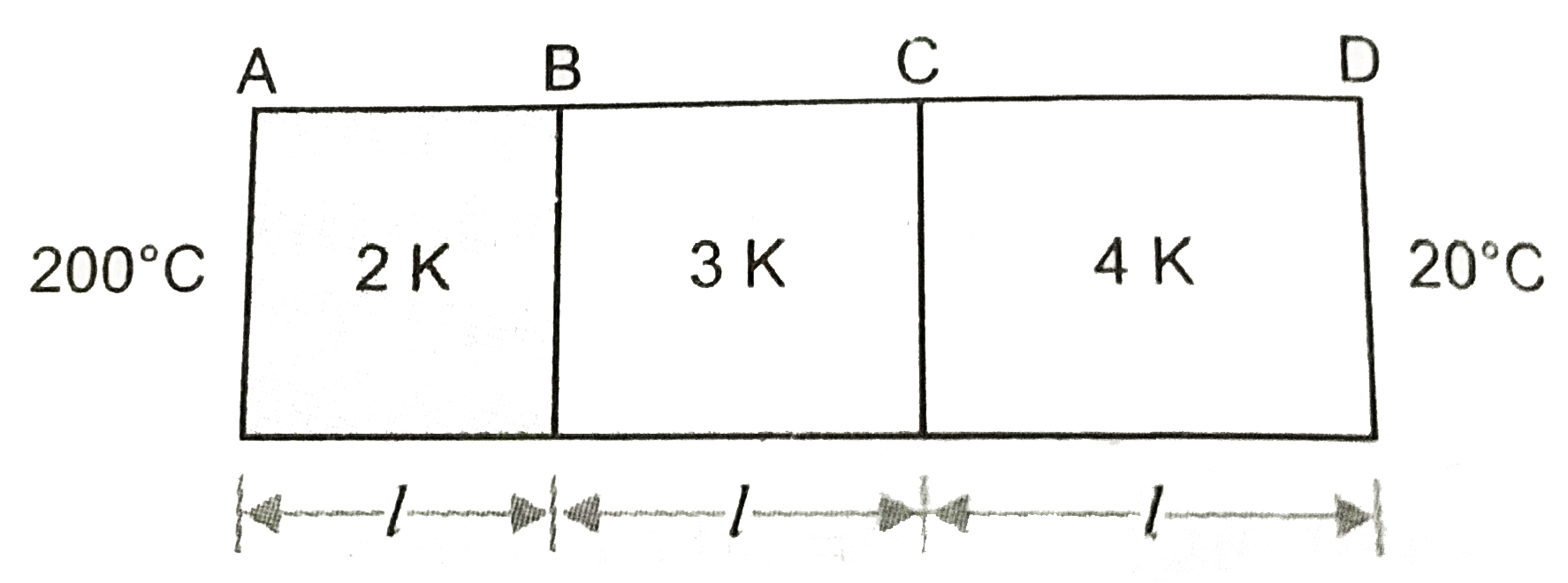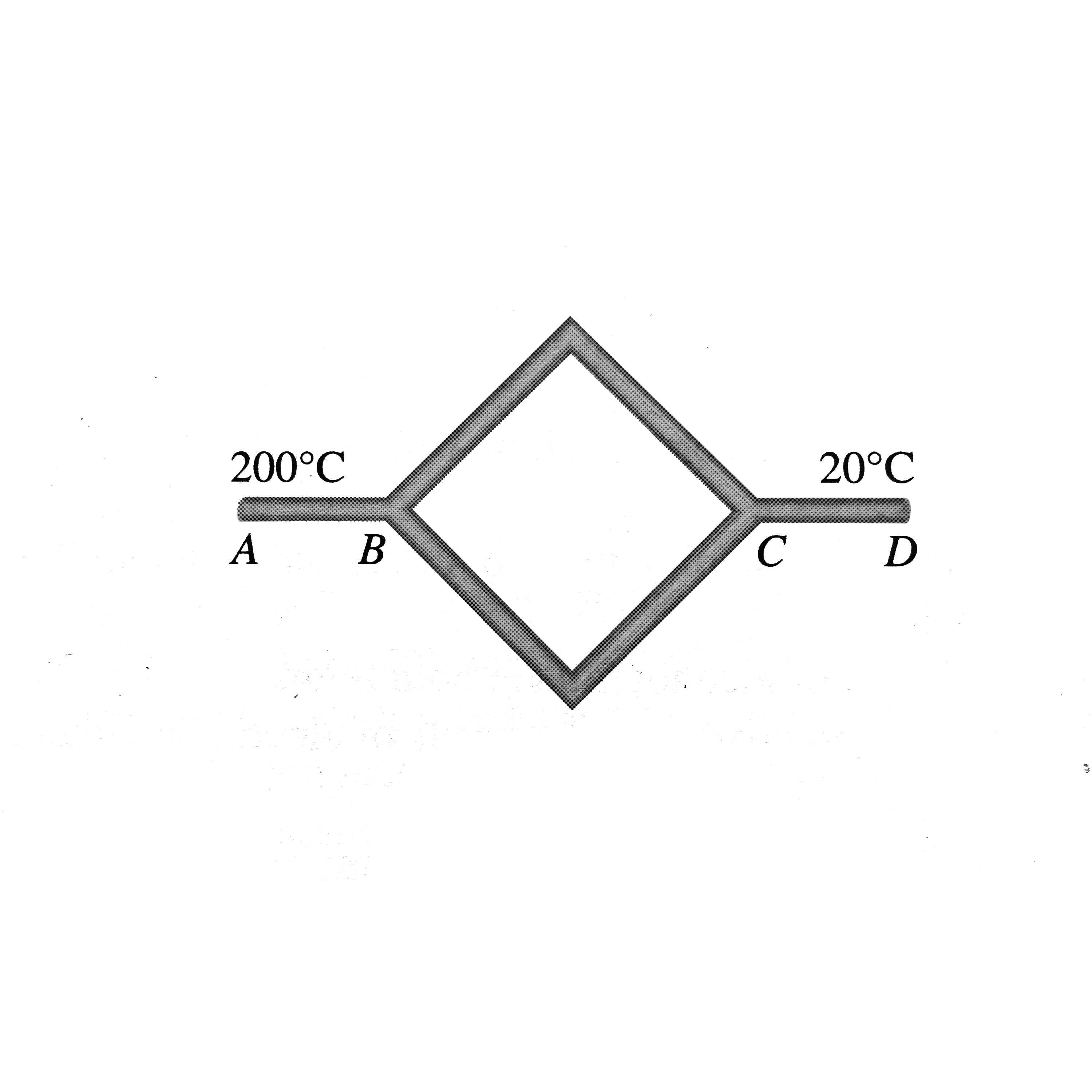Bisulphates are formed at a temperature …………............ 200∘C.
To understand why bisulfates are formed at a temperature of 200°C, we can break down the process step by step:
Step 1: Understanding the Reactants
- The reaction involves sodium chloride (NaCl) and sulfuric acid (H2SO4). When these two substances react, they can produce bisulfate (HSO4^-) and hydrogen chloride (HCl).
Step 2: Reaction Conditions
- The temperature plays a crucial role in determining the products of the reaction. At temperatures below 200°C, the reaction tends to favor the formation of hydrogen chloride and bisulfate.
Step 3: Reaction at 200°C
- At 200°C, the reaction conditions change. The increased temperature allows for the formation of bisulfate (HSO4^-) instead of just hydrogen chloride (HCl). This is because the higher temperature provides enough energy to drive the reaction towards the bisulfate formation.
Step 4: Conclusion
- Therefore, bisulfates are formed at a temperature of 200°C because this temperature allows the reaction to proceed in a way that favors the production of bisulfate rather than just hydrogen chloride.
Final Answer
Bisulfates are formed at a temperature of 200°C due to the favorable reaction conditions that promote the formation of HSO4^-.
---
- The reaction involves sodium chloride (NaCl) and sulfuric acid (H2SO4). When these two substances react, they can produce bisulfate (HSO4^-) and hydrogen chloride (HCl).
- The temperature plays a crucial role in determining the products of the reaction. At temperatures below 200°C, the reaction tends to favor the formation of hydrogen chloride and bisulfate.
- At 200°C, the reaction conditions change. The increased temperature allows for the formation of bisulfate (HSO4^-) instead of just hydrogen chloride (HCl). This is because the higher temperature provides enough energy to drive the reaction towards the bisulfate formation.
- Therefore, bisulfates are formed at a temperature of 200°C because this temperature allows the reaction to proceed in a way that favors the production of bisulfate rather than just hydrogen chloride.
Bisulfates are formed at a temperature of 200°C due to the favorable reaction conditions that promote the formation of HSO4^-.
Topper's Solved these Questions
- STUDY OF COMPOUNDS OF CHLORINE - HYDROGEN CHLORIDE BOOK - ICSECHAPTER - STUDY OF COMPOUNDS OF CHLORINE - HYDROGEN CHLORIDE EXERCISE - ADDITIONAL QUESTION FOR PRACTICE
25 Videos
- STUDY OF COMPOUNDS OF CHLORINE - HYDROGEN CHLORIDE BOOK - ICSECHAPTER - STUDY OF COMPOUNDS OF CHLORINE - HYDROGEN CHLORIDE EXERCISE - QUESTIONS FROM PREVIOUS ICSE BOARD PAPERS
74 Videos
- STUDY OF COMPOUNDS OF CHLORINE - HYDROGEN CHLORIDE BOOK - ICSECHAPTER - STUDY OF COMPOUNDS OF CHLORINE - HYDROGEN CHLORIDE EXERCISE - WORKSHEET - 1 (Fill in the blanks)
1 Videos
- STUDY OF COMPOUNDS - SULPHURIC ACID BOOK - ICSECHAPTER - STUDY OF COMPOUNDS - SULPHURIC ACID EXERCISE - UNIT TEST PAPER 7D - SULPHURIC ACID
31 Videos
- STUDY OF COMPOUNDS OF NITROGEN - NITRIC ACIDBOOK - ICSECHAPTER - STUDY OF COMPOUNDS OF NITROGEN - NITRIC ACIDEXERCISE - QUESTIONS FROM PREVIOUS ICSE BOARD PAPERS
54 Videos
Similar Questions
The smog which is formed at high temperature is
View SolutionWrite the formula for :
Sodium bisulphate : ..............
View SolutionGive reasons for the following :
In the laboratory preparation of HCl acid from NaCl and conc . H2SO4, the residual salt formed at temperatures above 200∘C forms a hard crust and sticks to the glass.
View SolutionA sphere, a cube and a thin circular plate, all made of the same mass and finish are heated to a temperature of 200∘C. Which of these objects will cool slowest, when left in air at room temperature?
View SolutionThe two ends of a metal rod are maintained at temperature 100∘C and 110∘C. The rate of heat flow in the rod is found to be 4.0J/s. If the ends are maintained at temperature s 200∘C and 210∘C. The rate of heat flow will be
View SolutionAt what temperature will a given mass of a gas occupy a volume of 200L, if it occupies a volume of 260L at a temperature of 30∘C, pressure remaining constant?
View SolutionThree bars of equal lengths and equal area of cross-section are connected in series fig. their thermal conducitives are in the ratio 2:3:4. If at the steady state the open ends of the first and the last bars are at temperature 200∘C and 20∘C respectively, find the temperature of both the junctions.
 .
.
View SolutionThe resistance of a bulb filamanet is 100Ω at a temperature of 100∘C. If its temperature coefficient of resistance be 0.005per.∘C, its resistance will become 200Ω at a temperature of
View SolutionTwo identical spheres A and B are suspended in an air chamber which is maintained at a temperature of 50∘C. Find the ratio of the heat lost per second from the surface of the spheres if
a. A and B are at temperatures 60∘C and 55∘C, respectively.
b. A and B are at temperatures 250∘C and 200∘C, respectively.
View Solution
Six identical cunducting rods are joined as shown in Fig. Points A and D are maintained at temperatures 200∘C and 20∘C respectively. The temperature of junction B will be
View Solution
